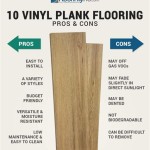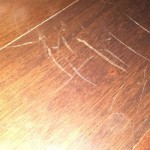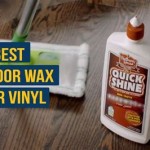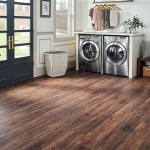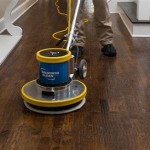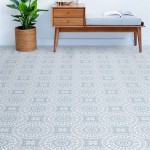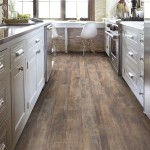Water damage to hardwood floors can be one of the most devastating problems a homeowner can face. From warped boards to discolored patches, water damage can cause costly and extensive damage to your floors. Fortunately, repairing hardwood floor water damage is often possible, depending on the extent of the damage. In this article, we’ll discuss some of the steps involved in repairing hardwood floor water damage.
Inspect the Damage
The first step in repairing hardwood floor water damage is to inspect the damage. Look for warped or buckled boards, discolored patches, and any other signs of water damage. If the damage is extensive, you may need to replace the affected boards or even the entire floor. If the damage is more minor, you may be able to repair the affected boards.
Dry Out the Floor
Once you have identified the extent of the damage, the next step is to dry out the affected area. This can be done with a combination of fans, dehumidifiers, and air conditioners. It is important to ensure that the area is completely dry before attempting any repairs. If the area is not completely dry, the repairs may not be effective.
Fix the Damage
Once the area is dry, it is time to fix the damage. Depending on the extent of the damage, this may involve replacing boards, filling gaps, sanding and refinishing, or applying a water sealant. If the damage is extensive, it is best to consult a professional who can determine the best course of action. If the damage is minor, you may be able to undertake the repairs yourself.
Prevent Further Damage
Once the repair work is complete, it is important to take steps to prevent further water damage. This may involve inspecting and repairing any leaks or drainage issues, sealing any cracks or gaps in the flooring, and ensuring that any nearby appliances are in good working order. Taking these steps will help to ensure that your floors remain in good condition for years to come.
DIY or Professional Help
When it comes to repairing hardwood floor water damage, you may be wondering if it is better to undertake the repairs yourself or to hire a professional. Generally speaking, if the damage is extensive, it is best to hire a professional. However, if the damage is minor, you may be able to undertake the repairs yourself. Be sure to research the repair process thoroughly before attempting any repairs.
Conclusion
Water damage to hardwood floors can be devastating, but it is often possible to repair the damage. The key is to act quickly and to take the necessary steps to dry out the affected area. Once the area is dry, you can then decide whether to undertake the repairs yourself or to hire a professional. By taking the necessary steps to repair water damage, you can help to ensure that your floors remain in good condition for years to come.



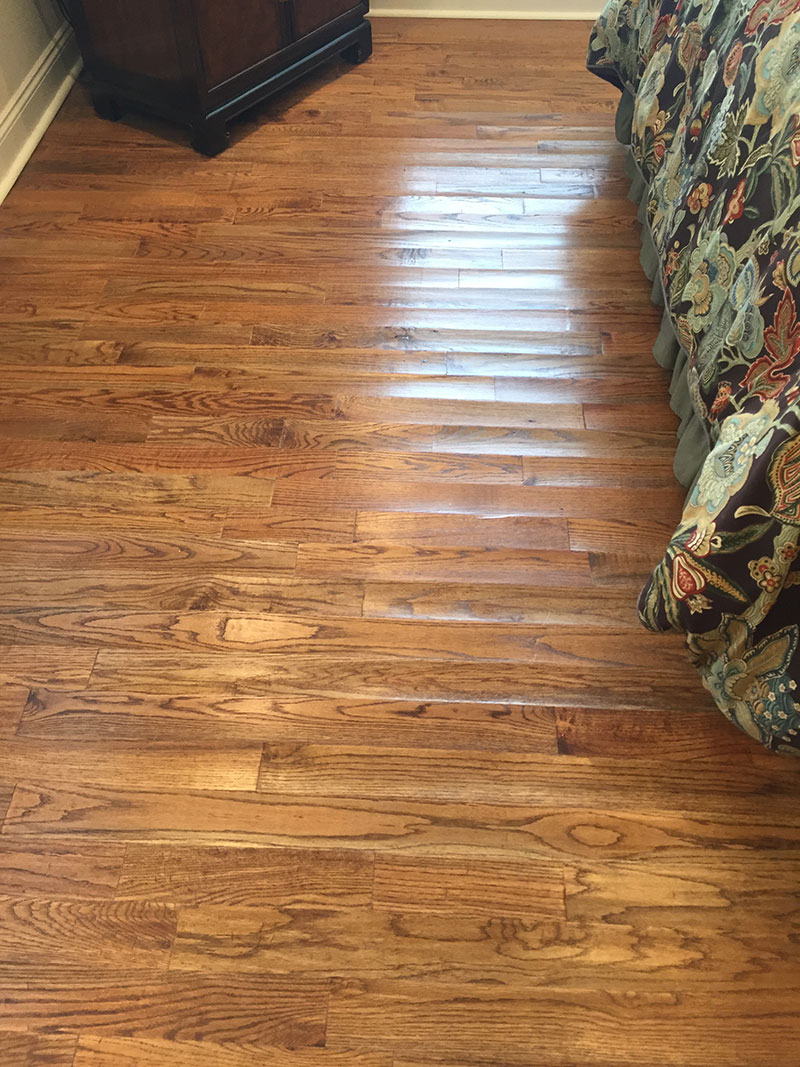











Related Posts

